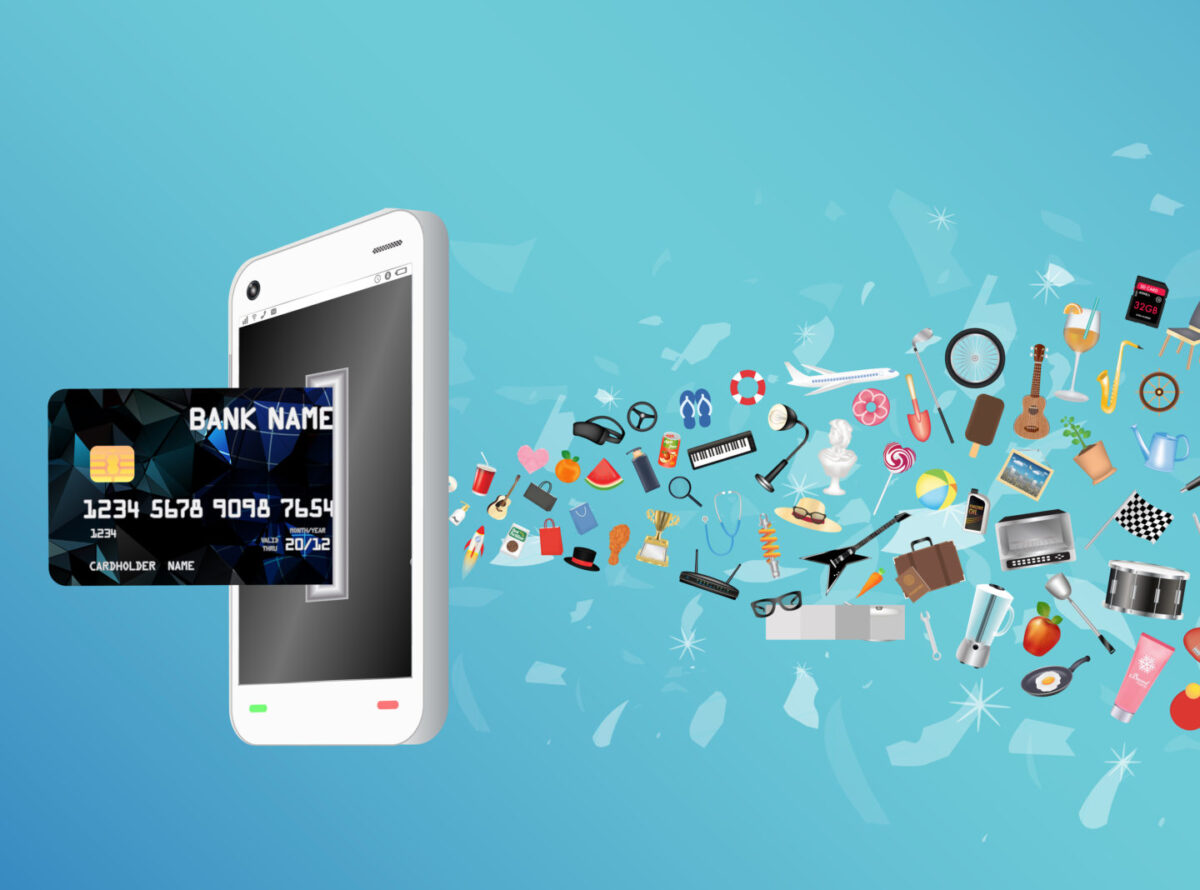Recently, Amazon introduced palm recognition software in its physical Amazon One stores. The technology turns your hand into a payment device, by identifying that it is you. It creates a signature by combining both palm surface area details as well as vein patterns. The company plans to expand its innovation to third parties, like retail shops.
It is yet another example of how big tech companies are trying to gradually disrupt the traditional banking industry. Likewise, in 2014 Apple launched Apple Pay turning your mobile phone into a wallet. Five years after introduction, an estimated 43% of all iPhone users have used Apple pay at least once. This amounts to a total of 383 million Apple Pay users worldwide.
In response to the rise of tech firms, traditional banks are trying to become tech-minded. In 2017, ING CEO Ralph Hamers told that the bank wants be perceived as a tech company with a banking license. Transforming its business model and mindset, however, will take time. Time that they, given the recent developments, will not have in excess.
Currently, technologies like Apple Pay and Amazon One make use of traditional banking services, by connecting to your bank’s app or credit card. In this way, they surpass the lengthy process of getting a banking license. In the future, however, it is not unthinkable that tech firms will apply for banking licenses. According to the Wall Street Journal, Amazon is negotiating a partnership with J.P. Morgan Chase to start offering checking accounts as well. With their prominent data position and possession of software ecosystems, tech multinationals are likely to stand a good chance at quickly gaining market share in the banking industry. Access to transaction data, however, is yet another step in acquiring complete knowledge about us, as consumers of their services. Given the track record of big tech and a lack of appropriate regulations our privacy is, once more, at stake.
References
https://www.paymentscardsandmobile.com/apple-pay-adoption-continues-to-rise/


